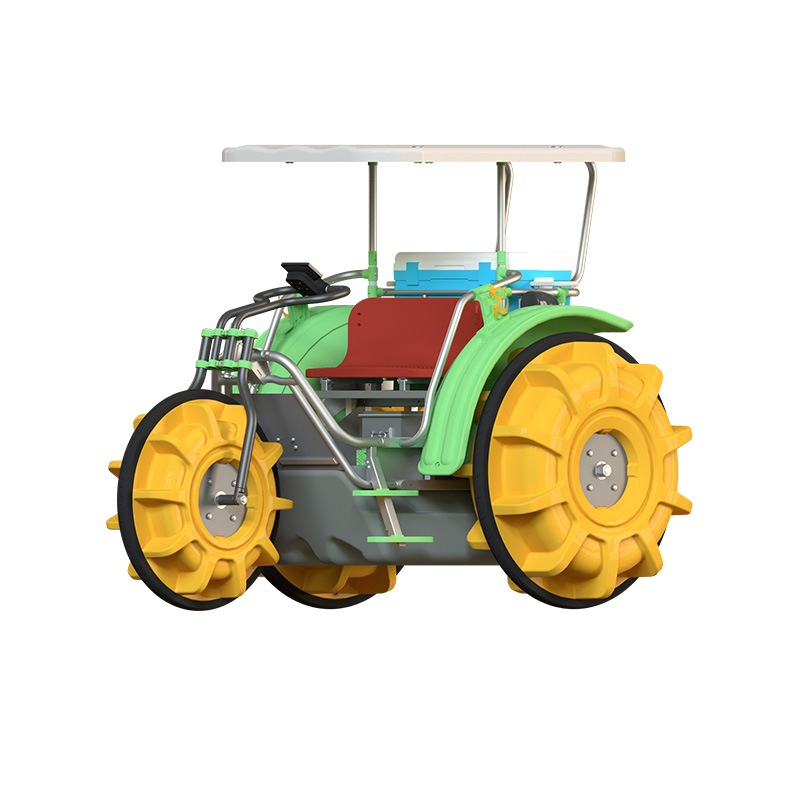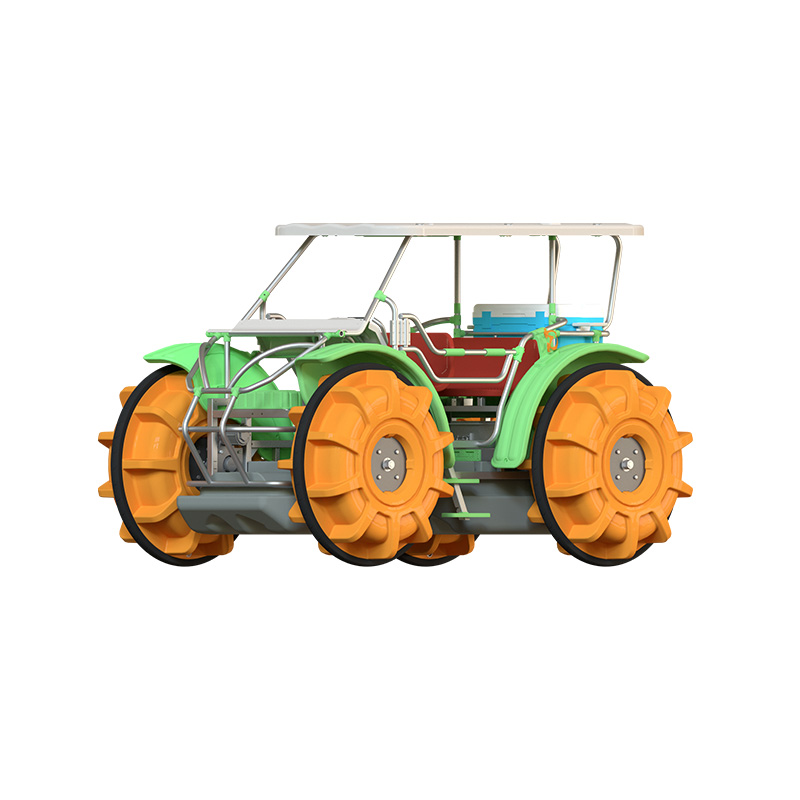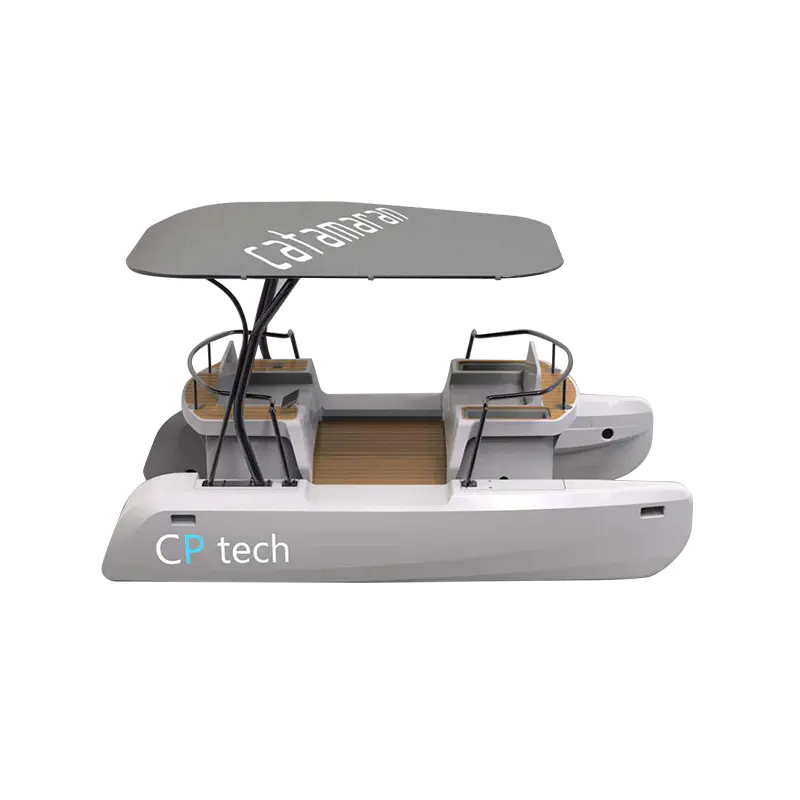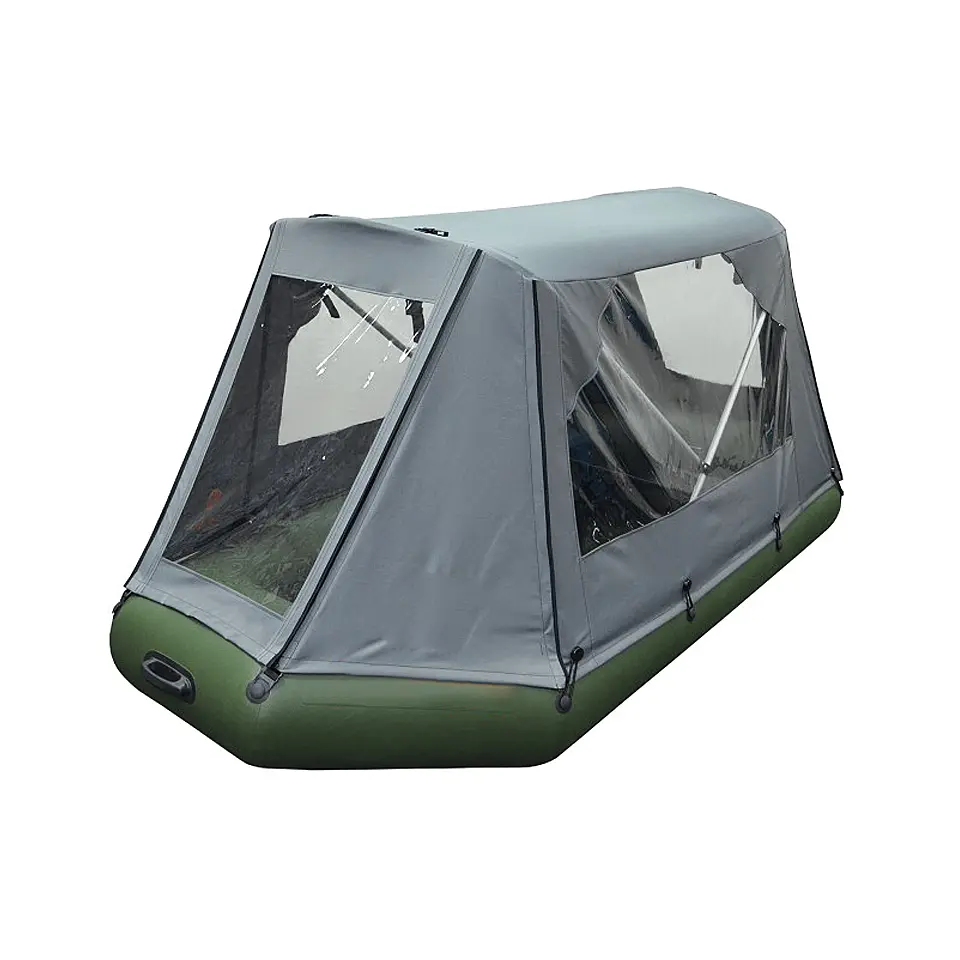The Performance Capabilities of the Amphibious Off Road ATV Vehicle
2025-04-18
Terrain Versatility and Adaptability
One of the defining traits of the Amphibious Off Road ATV Vehicle is its ability to operate on both land and water. This dual-functionality depends heavily on design factors such as hull shape, wheel or track configuration, and propulsion system. On land, the Amphibious Off Road ATV Vehicle is engineered to handle mud, snow, sand, and rocky inclines without significant traction loss. This is typically achieved through wide, low-pressure tires or tracks that evenly distribute weight and provide ground grip.
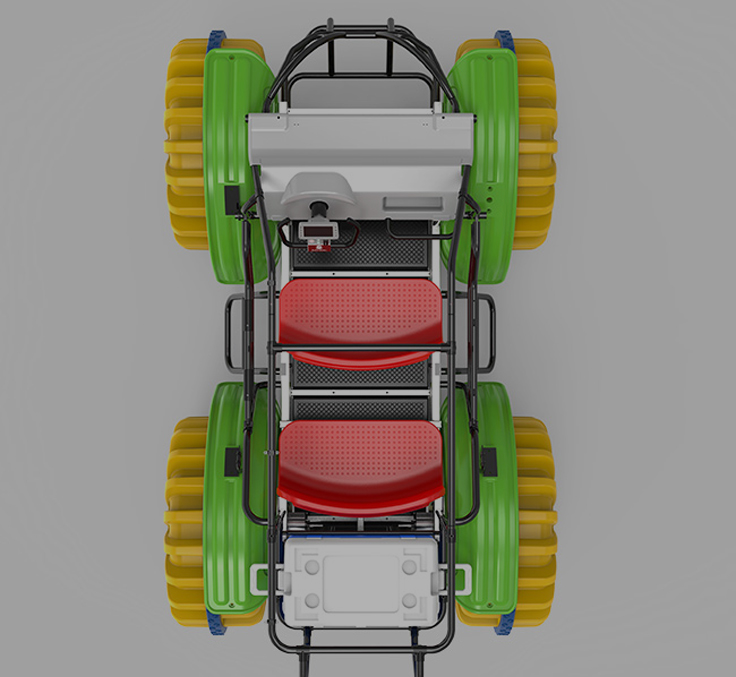
In water, the Amphibious Off Road ATV Vehicle relies on either paddle-like tires or auxiliary water propulsion systems such as jet drives or propellers. While it does not match the speed or agility of dedicated watercraft, it is effective for crossing rivers, lakes, and flooded areas. The transition between land and water is smooth, requiring minimal operator input, which enhances overall performance and usability.
Engine and Powertrain Configuration
The performance of the Amphibious Off Road ATV Vehicle is also shaped by its engine and powertrain design. Many models are powered by compact but robust internal combustion engines—typically gasoline or diesel—optimized for torque rather than top-end speed. This power distribution is essential for hauling gear or ascending inclines in off-road conditions.
Some Amphibious Off Road ATV Vehicle models are now integrating electric or hybrid powertrains, aimed at reducing noise levels and emissions while maintaining performance standards. Regardless of the power source, these vehicles are designed to balance energy efficiency with the need for consistent performance in diverse environments.
Load Capacity and Structural Integrity
Another factor contributing to the overall performance of the Amphibious Off Road ATV Vehicle is its load capacity and structural durability. These vehicles are built to carry both passengers and cargo over unpredictable terrain. Reinforced chassis designs, often using corrosion-resistant materials such as marine-grade aluminum or high-strength composites, ensure that the vehicle can withstand physical stress and exposure to moisture without degradation.
The Amphibious Off Road ATV Vehicle is frequently used in forestry, construction, and military logistics where the ability to carry heavy equipment or supplies without specialized infrastructure is necessary. This makes the vehicle highly valuable in remote or disaster-prone areas.
Suspension and Ride Comfort
Although performance is often associated with speed and endurance, comfort and handling also play an important role—especially over long distances. The Amphibious Off Road ATV Vehicle typically includes independent suspension systems or articulated frames that allow each wheel or track section to adapt to surface irregularities. This feature improves ride comfort, minimizes the risk of vehicle tipping, and enhances operator control.
Effective suspension also reduces the physical strain on passengers and cargo, which is vital when operating in rugged or hazardous conditions. The result is a Amphibious Off Road ATV Vehicle that can function for extended durations without operator fatigue or cargo damage.
Safety and Stability
When considering performance, safety cannot be overlooked. The Amphibious Off Road ATV Vehicle is designed with a low center of gravity to ensure stability, particularly when moving through water or climbing steep inclines. Additionally, many models include roll-over protection structures, watertight hulls, and emergency flotation aids to maintain buoyancy even under adverse conditions.
These safety considerations ensure that the Amphibious Off Road ATV Vehicle can be used in high-stakes environments such as search-and-rescue operations or military missions, where performance must be reliable and consistent.

 English
English  русский
русский  عربى
عربى 
